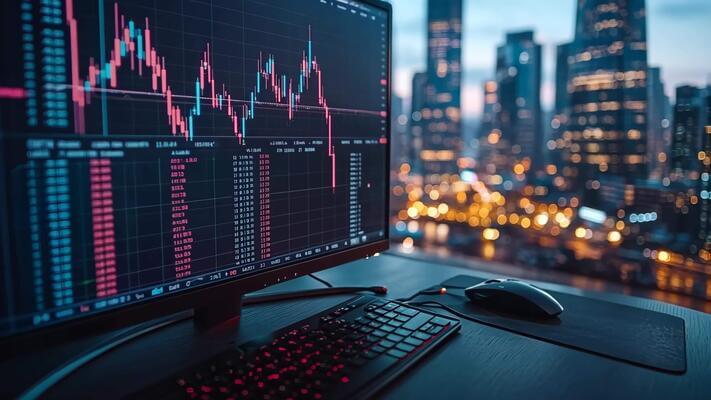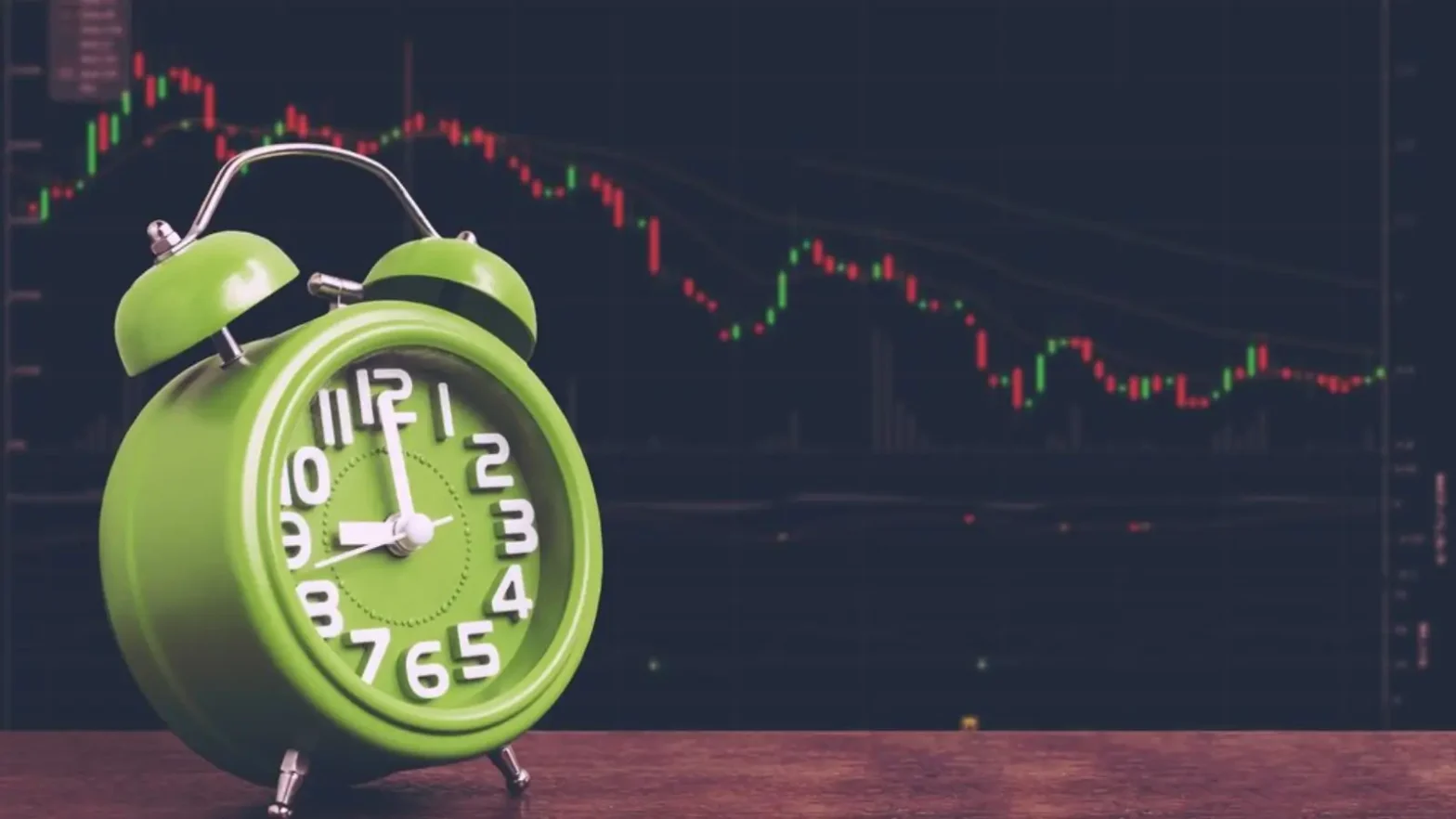The cryptocurrency market operates around the clock, making it one of the most dynamic and fast-paced financial ecosystems in the world. But while crypto never sleeps, smart traders know that there are best trading hours for cryptocurrency.
There are specific periods during the day and week when trading activity surges, liquidity peaks, and price volatility spikes. Knowing these windows of opportunity can make all the difference between a successful trade and a missed one.
In this comprehensive guide, we break down the best trading hours for cryptocurrency, explain why timing matters in a 24/7 market, and show you how to align your trades with global market activity.
Whether you’re a seasoned investor or just getting started, this guide will give you the strategic edge you need.
Understanding Cryptocurrency Trading Hours

Although the cryptocurrency market operates 24/7, trading conditions vary throughout the day. Understanding how these fluctuations work will help you identify the most favorable times to trade.
Let’s explore why timing still plays a vital role in the crypto world.
Is There a Market Open or Close Time for Crypto?
Unlike traditional financial markets, cryptocurrency markets are open 24 hours a day, 7 days a week. There are no closing bells, no holidays, and no pauses in trading. This means you can buy or sell Bitcoin, Ethereum, and altcoins anytime, anywhere.
While this provides incredible flexibility, it also requires discipline and timing.
Traditional stock markets operate within strict trading hours (e.g., 9:30 a.m. to 4 p.m. EST for the NYSE), and many traders are used to that rhythm.
In contrast, the crypto market runs non-stop, making it critical to understand when trading activity peaks.
Why Timing Still Matters in a 24/7 Market
Although crypto trades continuously, market activity fluctuates depending on global time zones and trader behavior.
Some hours witness significant price movement, high trading volume, and tighter spreads, while others suffer from low liquidity and high slippage.
For example, price swings often occur during overlapping business hours between major financial hubs.
If you’re trading during low-activity hours, you may struggle to fill large orders or experience more erratic price behavior.
Read: Should I Sell My Bitcoins Now?
Global Market Sessions and Their Impact on Crypto Trading
The cryptocurrency market sees varying levels of activity depending on which part of the world is awake and trading. Although crypto is decentralized and trades nonstop, regional time zones still influence volume and volatility.
Let’s break down how different global market sessions affect crypto trading.
The cryptocurrency market, while decentralized, is still influenced by regional activity. These market sessions align with traditional financial trading hubs across the world.
Asian Session (Tokyo, Hong Kong, Singapore)
The Asian market opens around 11:00 p.m. to 8:00 a.m. UTC. This session is especially influential for certain altcoins with strong user bases in Asia. Countries like South Korea and Japan are major players in crypto adoption.
While the Asian session typically sees less volatility than the U.S. session, it often sets the tone for the day. Bitcoin and Ethereum might experience subtle moves, but altcoins can see localized price action influenced by news or regional investor behavior.
European Session (London, Frankfurt)
The European session runs from 7:00 a.m. to 4:00 p.m. UTC. It overlaps partially with the Asian session and fully with the U.S. session, making it one of the most active periods of the day.
London remains a major financial hub, and many crypto exchanges cater to European traders. As such, this session often features increased liquidity and volume. Traders can expect more consistent price movement and reduced spreads.
U.S. Session (New York)

The U.S. market opens from around 12:00 p.m. to 9:00 p.m. UTC and is typically the most volatile trading window. When Wall Street is active, large institutions and retail investors contribute heavily to crypto market movement.
Many major announcements, regulatory updates, and financial reports come out during this session, causing sudden spikes or drops in prices. If you’re a day trader looking for volatility, the U.S. session is where much of the action happens.
Compare: Can You Buy Fractional Bitcoins?
Market Overlaps and Their Effects
The most explosive market activity usually occurs during overlaps—especially between the European and U.S. sessions (12:00 p.m. to 4:00 p.m. UTC). This window sees the highest trading volumes, offering optimal conditions for scalping, day trading, or entering larger positions with minimal slippage.
Asian-European overlaps (7:00 a.m. to 9:00 a.m. UTC) can also create unique volatility patterns. Understanding these overlaps helps traders position themselves ahead of market catalysts.
The Best Times to Trade Cryptocurrency (Based on Data)

Now that you understand how global sessions work, it’s essential to know which specific hours present the most trading opportunities.
Below are data-driven insights into peak hours, the role of altcoins, and how weekends compare to weekdays.
Peak Trading Hours for Bitcoin
Data from various exchanges consistently shows that Bitcoin sees the most activity between 1:00 p.m. and 4:00 p.m. UTC. This aligns with the tail end of the European session and the beginning of the U.S. session—when the bulk of global liquidity is present.
During these hours, you’re likely to find tighter spreads, better order execution, and significant price movement. This is a sweet spot for traders looking to maximize both efficiency and potential profit.
Altcoin Trading Hours
Altcoins don’t always follow the same patterns as Bitcoin. For instance, some tokens associated with Asian markets may experience peak volume during the Asian session. Meme coins, low-cap tokens, and DeFi coins might also show heightened activity based on regional interest or community-led events.
Studying individual coin behavior over a 7-day span can help reveal its “rhythm.” Tools like CoinMarketCap and CoinGecko offer historical volume charts that can guide your strategy.
Weekdays vs Weekends in Crypto Trading
Crypto trades 24/7—including weekends. However, weekend markets often experience lower liquidity due to the absence of institutional players. This leads to thinner order books, which can amplify price moves even on relatively low volume.
Some traders prefer weekends for swing trading opportunities, while others avoid them due to erratic price behavior. Knowing your risk tolerance is key.
Factors That Influence Ideal Crypto Trading Hours
Several variables can determine whether a particular time is good or bad for trading cryptocurrency. From trading volume to macroeconomic news, these elements shape market behavior and can affect your outcomes significantly.
Trading Volume and Liquidity
High volume equates to high liquidity, which results in tighter bid-ask spreads and smoother trade execution. Volatile but liquid markets offer great opportunities for day traders. Illiquid markets, on the other hand, expose you to slippage and unreliable fills.
News Releases and Economic Events
Despite being decentralized, crypto is heavily influenced by macroeconomic news. U.S. Federal Reserve announcements, CPI data, and regulatory updates often affect Bitcoin and altcoin prices. These events typically drop during U.S. business hours, adding to the volatility.
Keep an economic calendar handy and be prepared for swift market reactions when key news is released.
Time Zones and Your Personal Schedule
You should also consider your own time zone and daily routine. Trading effectively requires focus and discipline. If your personal schedule only allows you to trade during low-activity hours, adjust your strategy accordingly—perhaps favoring swing or long-term trades.
Use time conversion tools or platforms like World Time Buddy to track active market sessions across different regions.
Tools to Help You Optimize Cryptocurrency Trading Hours
To successfully capitalize on optimal trading hours, you need reliable tools that offer insights into volume trends, volatility spikes, and real-time alerts. Here are some of the most effective platforms and technologies.
Crypto Heatmaps and Volume Analyzers
Platforms like CoinGlass, Coin360, and TradingView offer heatmaps and volume charts to help you visualize when the market is active. These tools show hourly trading volume, helping you pinpoint ideal entry and exit times.
Volatility Trackers and Alerts
Use tools like Coinglass Volatility Index or CryptoCompare to monitor volatility levels across the top coins. You can also set alerts to notify you when a coin breaks out of its usual range.
Setting Trading Bots for Time-Based Strategies
If you’re unable to monitor the markets 24/7, consider using automated trading bots. Platforms like 3Commas or Pionex allow you to set conditions for time-based entries, exits, and trailing stop-losses.
Best Practices for Trading at Optimal Hours
- Avoid emotional trading during volatile periods—always follow your trading plan.
- Use stop-losses to manage risk, especially when trading during market overlaps.
- Monitor liquidity before entering large positions.
- Set calendar alerts for major economic news and trading overlaps.
- Record and review your trades to identify which hours yield the best results for your strategy.
FAQs About Cryptocurrency Trading Hours
Q1: Is cryptocurrency trading open 24/7?
Yes. Cryptocurrency markets are open 24 hours a day, 7 days a week. There are no official open or close times, unlike traditional markets.
Q2: What is the best day of the week to trade crypto?
Weekdays—especially Tuesday through Thursday—often offer the most predictable volume and liquidity. Weekend trading is riskier due to lower institutional participation.
Q3: Are weekends good for crypto trading?
That depends on your risk appetite. Weekends can present sudden price swings due to thin liquidity but also offer swing trading opportunities.
Q4: What time is BTC most volatile?
Bitcoin tends to be most volatile during the overlap of the U.S. and European sessions—typically from 12:00 p.m. to 4:00 p.m. UTC.
Q5: Do time zones affect my trading strategy?
Absolutely. Align your strategy with the most active sessions in your local time zone or use automation tools if your schedule doesn’t match peak hours.
Key Takeaways
Trading cryptocurrency is as much about timing as it is about strategy. While the market never sleeps, there are windows during the day when liquidity surges and opportunities abound.
Understanding the best trading hours for cryptocurrency—especially during key market overlaps—can give you a clear advantage.
Use tools, track volume trends, and align your trading activity with your personal rhythm and risk tolerance. Whether you’re day trading Bitcoin or holding altcoins, smart timing can help you make more informed, profitable decisions.

